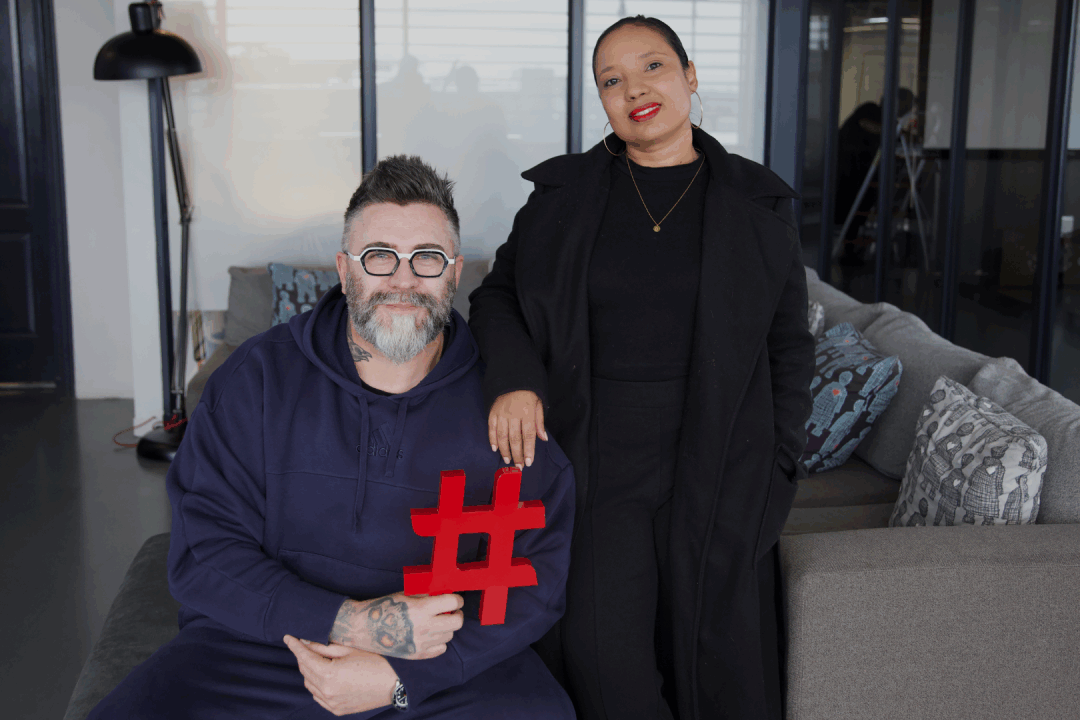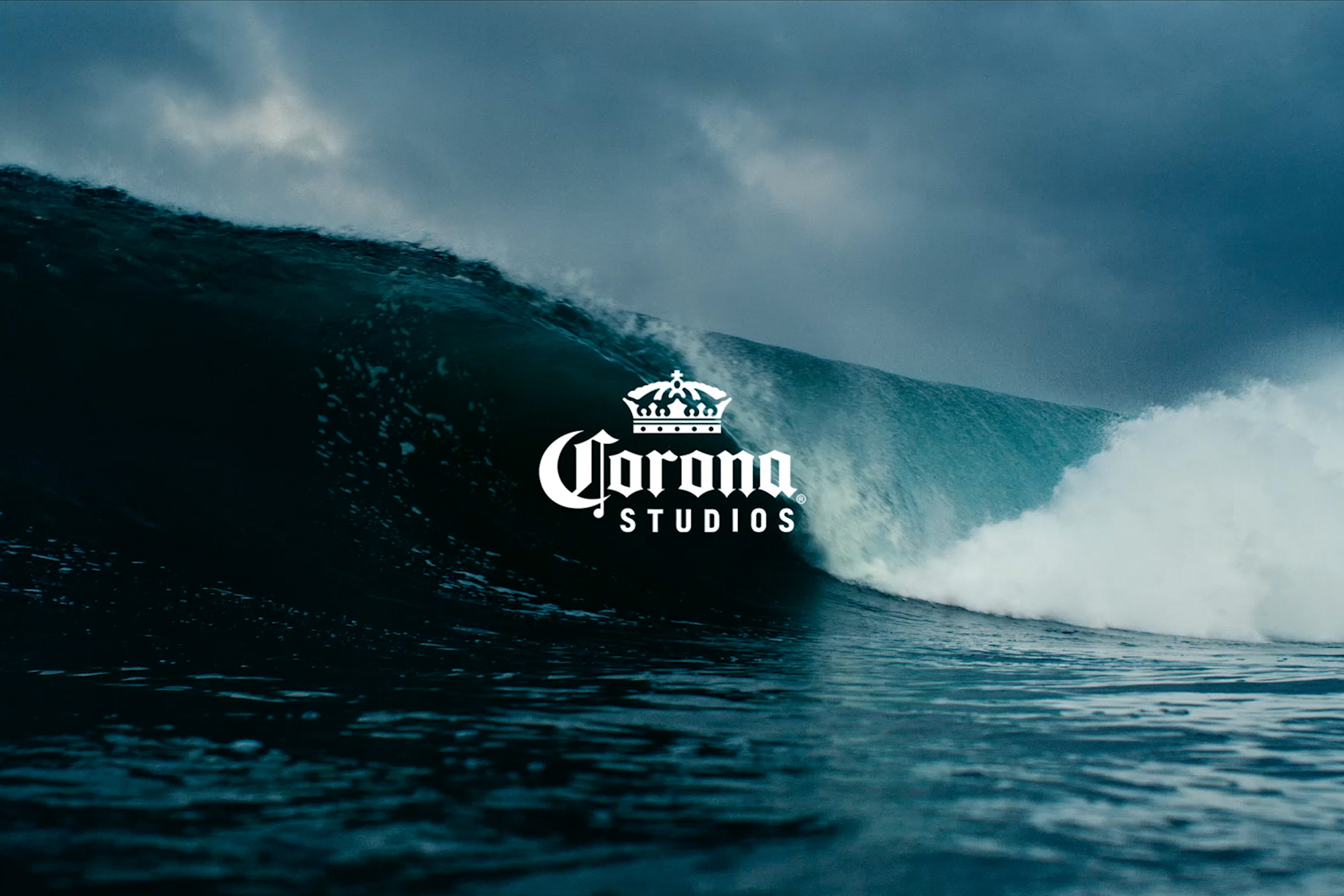And they’re not tiptoeing into the South African automotive market – they’re kicking the damn door in.
They’re hiring from established automakers to strengthen capabilities; aggressively expanding their dealer footprint, producing cars packed with advanced technology, slick interiors, and pricing that makes a mockery of the old value ladder. They’re no longer locked inside the entry-level segment; now they’re coming for luxury.
This is the situation I step into as I join a leading luxury auto brand as lead strategist. It’s not business as usual – it’s a moment that demands clarity.
Because if we don’t re-examine what luxury means in this new reality, we’ll lose relevance and get left behind.
Let’s be real: the old definition of auto luxury – better engineering, MEGA TECH, countless finishes – is looking shaky. When the other guy can offer comparable tech for less and as standard, differentiation dies and pricing power evaporates.
Now consumers are questioning why premium cars are so pricy, and brands haven’t answered.
The result:
Mercedes-Benz sales down 80% in a decade.
Volvo? Closing 60% of their dealerships.
BMW? Also considering “restructuring” its dealer network to shave costs.
Audi? Tried offering prime minus 8 in desperation – sales continue to spiral.
Whats happening here is global. Great tech isn’t rare anymore. It’s everywhere. Look at what tools like Midjourney, Runway, or ElevenLabs are doing in the creative space. The average person can barely tell AI-generated work apart from human-made. OpenAI’s GPT-4.5 was mistaken for a human 73% of the time by the Turing test. A huge shift.
So if tech is no longer a differentiator, luxury can’t be about access to it- everyone will have it.
The real battleground will be TASTE.
What can’t be copied is human discernment: the curation, the sense, the cultural awareness that tech can’t manufacture. These will be the new markers of luxury. It’s like the PDO stamps that certify Parmigiano Reggiano from Parma or Karoo Lamb from the Karoo – it’s about origin, intent, and subtlety that can’t be faked.
That’s where luxury is headed.
Fashion already shows this shift. Virgil Abloh’s “3% rule” showed how small, thoughtful changes could turn mass products into art. MSCHF’s Big Red Boots? Proof that even ‘bad’ taste, when wielded intentionally, can grab the cultural mic. And locally, Lukhanyo Mdingi proves how being so palpably humanly tasteful – from handwoven fabrics to the stories embedded in each garment, can create demand.
For luxury carmakers, this is the fork in the road. If your play is more features, you’ve already lost – Chinese brands will win that race every time.
The only viable path forward is to own what tech can’t: emotional resonance, human meaning, taste. Design and experiences that move them. Brands that mean something beyond metal and specs.
In a world where anything can be copied, luxury will be defined by what can’t: the human ability to sense what matters next.
Related Posts
May 22, 2025
Net#work BBDO Announces Key Appointments
At Net#work BBDO, we’ve entered a bold new chapter: one rooted in possibility,…
May 18, 2025
Do Big Things: BBDO Launches New Global Positioning
When you are alone for days or weeks at a time, you eventually become drawn to…
March 20, 2022
Corona Studios – This is Living
Just the other day I happened to wake up early. That is unusual for an…




